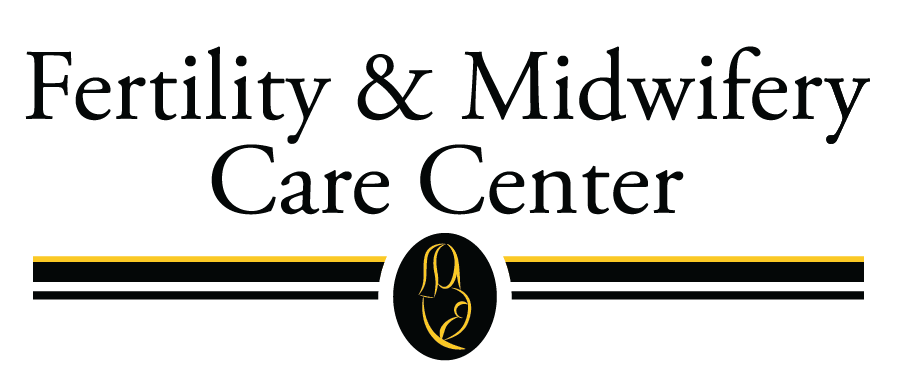At the Fertility and Midwifery Care Center we’ve been crunching some numbers and I’m pleased to report what we’ve learned. For the twelve months 9/1/2014 through 9/1/2015 our overall vaginal birth after cesarean section (VBAC) success rate was an astonishing 81%. That means, in those patients with a history of prior cesarean section, our c-section rate was only 19%, which is considerably lower than the national average for patients who have not undergone a prior cesarean section.
Our VBAC success rate for those patients who had one prior cesarean was an amazing 89%. For patients with a history of two prior cesareans it was 64%.
As we study our data, it’s clear our success is related to our adherence to the following principles:
- We take VBAC seriously, as do our patients. We strongly suggest to our patients they attend the childbirth preparation class, and in some cases, the special VBAC class offered by our friends at Birth Matters (birthmatters.com). When you are tired and the pregnancy is approaching its tenth month, the negative forces will attack you. Well-meaning friends will suggest there is something wrong because you’re not in labor; poorly informed co-workers will suggest it is safer to have a repeat c-section than to attempt VBAC; concerned parents will suggest you should asked to be induced, and the list goes on. It’s at this time that you need the confidence acquired from the professional childbirth instruction provided by Birth Matters.
- Labor is an athletic event, in some cases 36-48 hours in duration, and any such event requires training and conditioning. We encourage our patients to aggressively manage their weight gain during pregnancy and to do all they can to maximize their fitness and flexibility in preparation for labor. This can and should involve exercise classes and aerobic fitness, resistance training, and chiropractic therapy.
- Avoid unnecessary induction of labor, that is, when it is not medically indicated. While it can be tempting to consider inducing labor, particularly when you watch your due date pass, unnecessary induction will only increase the probability of the very thing you are trying to avoid: a cesarean section. Our community has an alarmingly high induction of labor rate such that it can seem normal when discussing it with friends and relatives. Nowhere is non-indicated or “social” induction of labor more harmful than with VBAC.
While all births are exciting and beautiful, there is something particularly magical when a woman who has undergone a cesarean section and, in many cases, has been told that vaginal birth was not an option for her, goes on to deliver vaginally. “I did it!” is a common cheer at those moments. Many women carry with them deep emotional scars and unanswered questions from their prior cesarean births. They question what they might have done differently to prevent the surgery. They frequently question the decisions, interventions, and motivations of their healthcare providers in retrospect. At the Fertility and Midwifery Care Center we feel privileged to play a part in so many pregnancy journeys, particularly those that involve a prior cesarean birth. We look forward to the year ahead and continuing to provide the best care to women possible. Thank you for your continued support of our practice and our mission.

